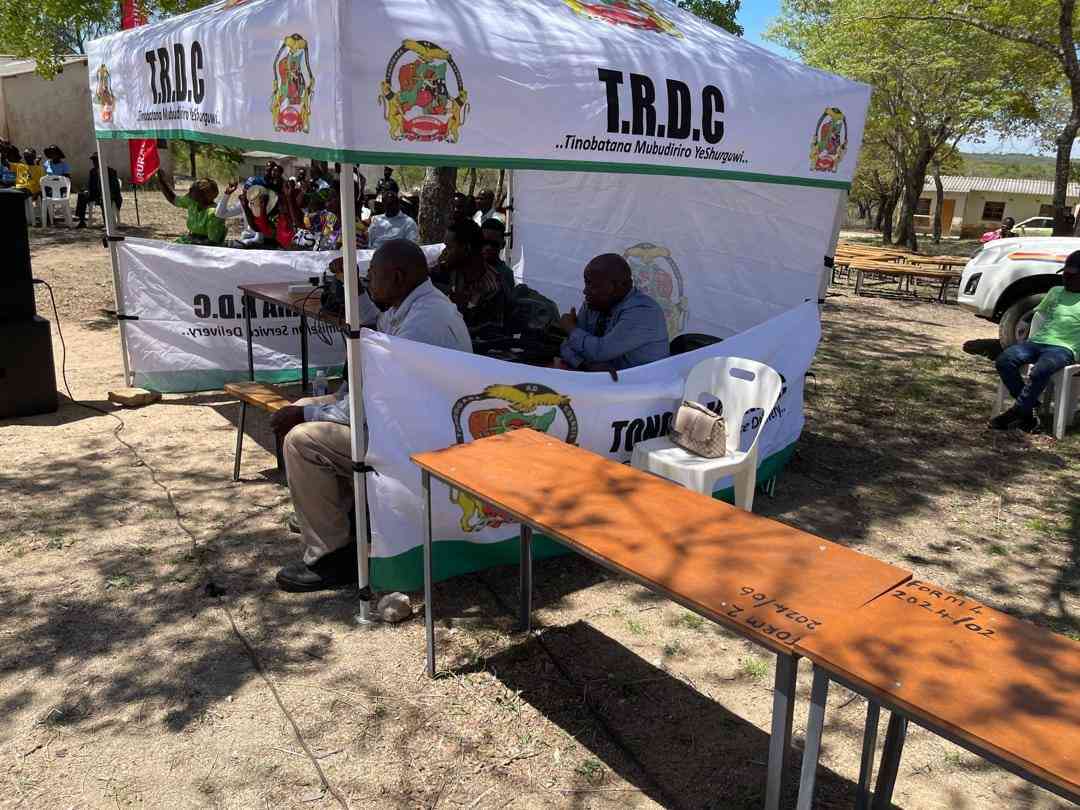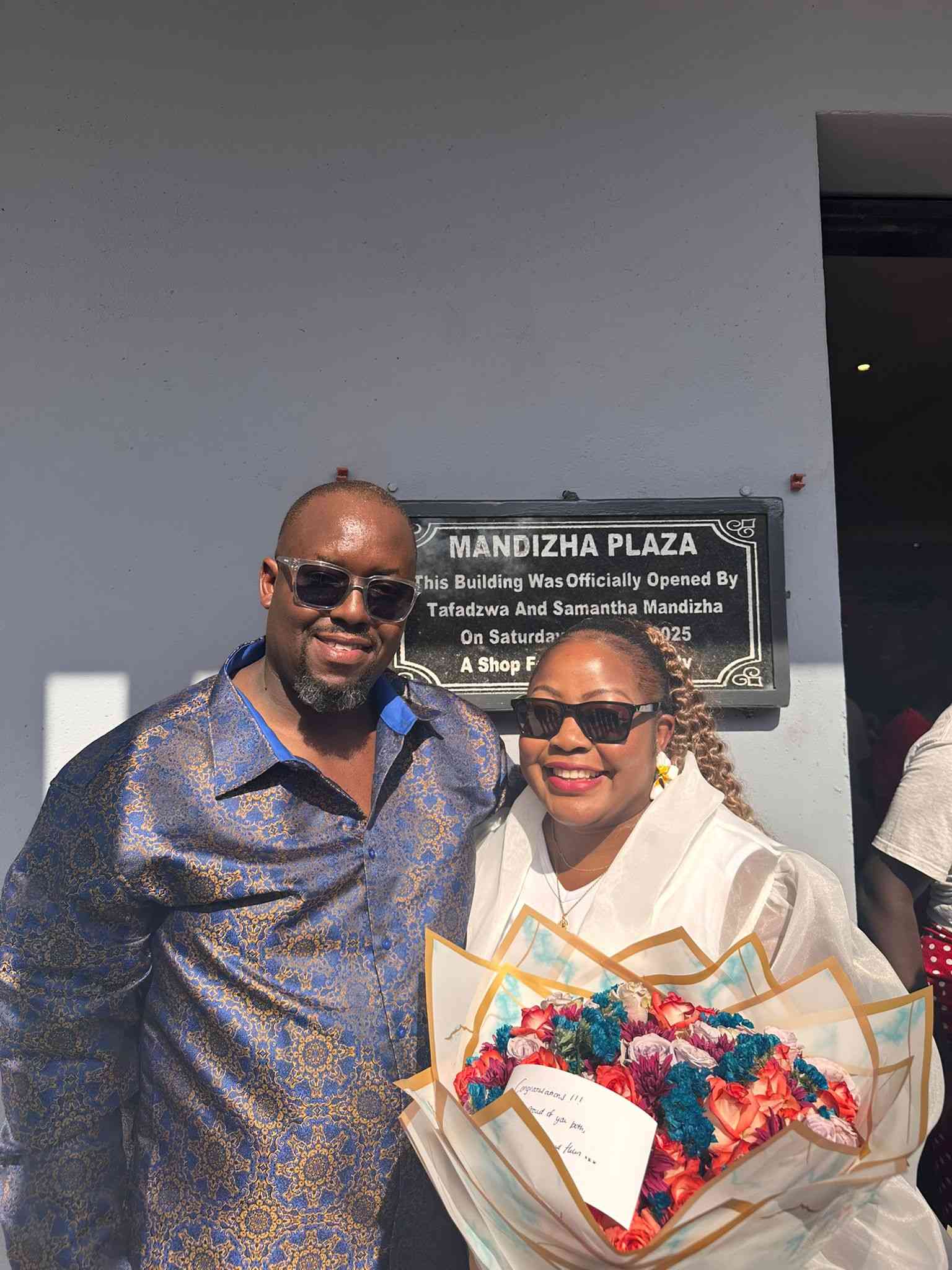
Public relations By Thandolwenkosi Nkomo
The curtain came down on this year’s edition of Africa Communications Week that ran from May 20 to 24. This year’s theme, Can Africa lead disruptive innovations in communications? was a very pertinent one for a continent still suffering from the colonial hangover of being labelled the “Dark Continent”.
As African communication practitioners grapple with repositioning Africa and African brands, disruptive communication practices remain as critical pillars that brand leaders and brand builders across industries need to embrace in pursuit of a grander fortunes in the future.
As Zimbabwe goes through a period of socio, political and economic transition, the role of public relations (PR) and communications practitioners as leaders and drivers of communication processes surrounding this transition should not go without examination.
It must be emphasised at this point that PR and communications are the oil that drives efficiency and equity in decision making, strategy implementation and stakeholder engagement. They enable individuals, communities and entities to move together in support of the strategic imperative of nation building and economic transformation.
Repositioning brand Zimbabwe
Following the birth of the second republic, the need for a national brand repositioning strategy became unavoidable. Such a strategy was necessary to reposition Zimbabwe in the minds of both local and international stakeholders. The “Zimbabwe is open for business” mantra became the catch phrase for engaging with and building confidence in the external international community.
Locally, provincial branding was earmarked as a strategy for building the brand within. As we reflect on these two approaches in the context of this discussion, we need to ask ourselves whether we have been disruptive and innovative enough to capture the imagination of the audiences of our messages.
- Chamisa under fire over US$120K donation
- Mavhunga puts DeMbare into Chibuku quarterfinals
- Pension funds bet on Cabora Bassa oilfields
- Councils defy govt fire tender directive
Keep Reading
From a PR and communications perspective, disruption and innovation involves questioning and challenging existing methods and approaches of communication with the view of coming up with alternative communication solutions to meet contemporary communicative needs.
As Eva Grigova observes in Prowley Magazine (2019), “disruption leads to new ideas and expectations”. In the context of national rebranding, disruption will be indicated by the extent to which PR and communications practitioners leading in this process have developed new models, ideas and processes of communicating about Zimbabwe.
A technique that has been celebrated internationally for its disruptive communicative potential is story-telling. To a large extent this is one technique that is yet to be fully tapped into as a tool for reshaping narratives about Africa and indeed about Zimbabwe.
The most recent show of the potential of redefining Africa through innovative story telling is seen in the internationally acclaimed movie Black Panther. In many ways Black Panther, although largely fictitious, rebranded Africa as the home of cutting edge ideas and technologies — a radical shift from the often gloomy, crime-riddled and superstition dominated pictures of the continent as seen in most African films.
This, however, is not to say that Zimbabwe needs to produce its own version of Black Panther — as that would be a cliché. This is really a point to challenge practitioners in our country to not only think outside the box, but to remove the box totally when working on PR and communications tactics because the box of tradition stifles imagination and limits performance which leads to failure to meet the communicative expectations of audiences.
Repositioning Zimbabwean brands and industries
While convincing the international community to invest in and buy into Africa and Zimbabwe has been a daunting task, getting locals to buy Zimbabwe has been an even tougher assignment. For over a decade now, the Buy Zimbabwe campaign has been running as a strategy to promote the uptake of locally manufactured goods by Zimbabwean consumers.
The campaign has been met with less than encouraging responses. In one research conducted in Bulawayo, results indicated that locals were not very excited by the idea of buying local. On a national scale, figures on the level of imports of foreign consumer brands are indicative of a challenge in as far as consumer ethnocentrism is concerned.
Buy local campaigns are not unique to Zimbabwe. These have been implemented successfully in countries such as South Africa, Ghana, United States and Malaysia. Yet the question of the success of the Buy Zimbabwe Campaign needs to also be considered within the context of communication innovation. Have we been disruptively innovative in our communication strategies so much so that strategies aimed at positioning local brands capture the hearts and minds of Zimbabwean consumers?
Thus the call to be disruptive and innovative PRs and communicators in Zimbabwe is a real one, in a way that can energise Zimbabwean industry. Yet for this to happen, a few things must be in place.
Firstly, the PR industry must invest in the grooming of disruptive and innovatively minded practitioners. This can be easily done through training partnerships between PR practitioners and training institutions. Given the refocusing of the higher education curricular in the Education 5.0 Framework, such partnerships will definitely see PR training programmes as drivers of innovative PR solutions to meet industry and national needs.
Secondly, the process of professionalising PR in Zimbabwe must embrace innovation. In the fields of technology and engineering, innovation has by and large been driven by younger people – with new ideas and unique ways of seeing the world. Perhaps the clarion call is for greater blending of young talent with the experience with the maturity of senior practitioners at senior levels. That will likely see innovative communication decision making penetrating the C-Suite.
Furthermore, innovative professionalisation is likely to see to a redefinition of standards to do with who should and who should not practice public relations.
Thandolwenkosi Nkomo is a public relations researcher, strategist and trainer who lectures in the department of Journalism and Media Studies at the National University of Science and Technology. He is also the founder and director of Maracomms Global, a public relations research, strategy and training consultancy. He can be contacted at e-mail: [email protected] or [email protected]











